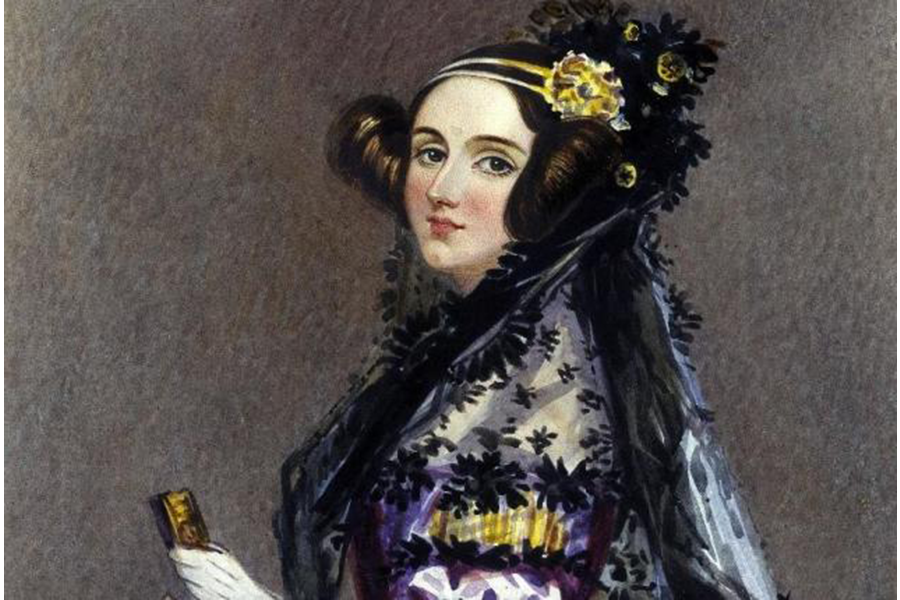Why are we celebrating Ada Lovelace Day?
Computer programmers and technology enthusiasts, rejoice! Tuesday, Oct. 11 is Ada Lovelace Day, a day commemorating the woman known as the world’s first female computer programmer.
While Ms. Lovelace lived long before the advent of computers as we know them today, she was a talented and well read mathematician who worked with Charles Babbage in the 19th century to create the analytical engine, commonly considered the precursor to modern programming.
In 2009, activists instituted Ada Lovelace Day to commemorate the life of this incredible woman, and to celebrate women involved in technology, engineering, and scientific fields, where they are often still underrepresented.
“We hope that by taking part in Ada Lovelace Day, people will learn about the amazing achievements of our unsung heroines,” says the day’s founder, journalist and software activist Suw Charman-Anderson. “Many of our most successful women have never been given the credit they deserve, overshadowed by the men that they worked with for no better reason than that it was just “how things were.”
Ms. Charman-Anderson says that despite recent advances, many women and their contributions still remain unrecognized.
Born the daughter of famed British poet Lord Byron in 1815, Ada Lovelace’s understanding of computing bridged the gap from mere calculators to machines that were much closer modern computers, according to Lovelace researcher Walter Isaacson.
Yet, despite her contributions to the field, Lovelace was largely forgotten until several decades ago, according to CNET. And she’s not the only one.
In 1946, six women helped to program ENIAC, the first programmable computer, but were not introduced to the press. Two decades later, three black female mathematicians helped NASA send a man to space (a soon-to-be-released movie titled, "Hidden Figures."). They too were also not recognized.
Ms. Charman-Anderson told the Guardian that despite diversity efforts, and a million dollars in spending, by tech giants such as Apple and Intel, men and women are not yet being hired in equal numbers in Silicon Valley.
In fact, she says, many companies have fewer than 20 percent women in tech roles. Facebook, for example, has just 17 percent women in technology based roles, while Twitter has just 10 percent.
Why are tech companies best efforts not working? Many corporations have mentorship programs for women, but Charman-Anderson says that more must be done to counter the problems that women face in tech.
“Women leave tech for a variety of reasons, such as not seeing opportunities for advancement, hostile male culture, feelings of isolation – it’s not that they want to leave to have a family, as is often assumed,” she tells the Guardian.
Tech companies also say that it can be hard to find women to hire. Facebook says that with just one in four US high schools teaching computer science, it can be difficult to procure applicants.
On Ada Lovelace Day, Charman-Anderson and other tech activists hope to make STEM (Science, Technology, Engineering and Mathematics) fields more accessible and visible to young girls who might be interested in a tech- or math-based career.
Around the world events are planned to celebrate Lovelace and other female programmers, mathematicians, and scientists through talks and events by leaders in STEM fields. The day’s flagship event will be held in London, and headlined by female engineers, physicists, and climate scientists.
“I would be delighted if we achieved true equality and ALD [Ada Lovelace Day] was no longer needed,” Charman-Anderson says. But for now:
“We hope that mothers and fathers and teachers will find inspiration to pass on to their children and students, even finding inspiration themselves. And we hope that young girls will see that it’s not just OK to love science, tech, engineering and maths, but that there are real opportunities for them, at school, at university, and at work.”






